Description
Liquid Gold: Unlocking the Sweet Secrets of Maple Syrup
Maple syrup. Just the name evokes images of cozy mornings, steaming pancakes, and the crisp air of a New England autumn. But this sweet, sticky treat is so much more than just a breakfast topping. It’s a testament to patience, tradition, and the incredible process of harnessing nature’s sweetness.
For centuries, maple syrup has been a staple, enjoyed by indigenous populations long before European arrival. They recognized the life-sustaining properties of the tree sap and developed techniques for harvesting and concentrating it into a valuable food source. This knowledge was passed down to settlers, who adapted and refined the process, laying the foundation for the modern maple syrup industry.
From Tree to Table: A Journey of Sweetness
The journey from tree to table is a labor of love, beginning in late winter or early spring when the sap begins to flow. Maple trees, primarily sugar maples (Acer saccharum), are tapped by drilling a small hole and inserting a spout. The clear, watery sap, which is only about 2-3% sugar, is then collected in buckets or, in larger operations, through a network of tubing.
From there, the real magic begins. The collected sap is transported to a sugar house, where it’s boiled down to evaporate excess water and concentrate the sugar. This is where the transformation happens. The clear sap gradually thickens and darkens, developing the characteristic flavor and color that defines maple syrup. The boiling process requires careful monitoring and skill to reach the perfect density, which is measured using a hydrometer. Once the right consistency is achieved, the syrup is filtered to remove any impurities and then bottled.
Beyond Breakfast: Versatile Culinary Delights
While pancakes and waffles are undoubtedly the most popular vehicles for maple syrup, its versatility extends far beyond the breakfast table. Its complex flavor profile, which can range from delicate and buttery to robust and caramel-like, makes it a valuable ingredient in a variety of dishes.
Here are just a few ways to incorporate maple syrup into your cooking:
- Glazing Meats: Maple syrup adds a beautiful sheen and a touch of sweetness to glazed ham, chicken, or salmon.
- Sweetening Desserts: From pies and cookies to cakes and puddings, maple syrup can be used as a natural sweetener.
- Elevating Beverages: Stir it into coffee, tea, or cocktails for a unique and flavorful twist.
- Enhancing Savory Dishes: Maple syrup can balance out the flavors in salad dressings, marinades, and even barbecue sauces.
- Sweetening Roasted Vegetables: Drizzled over roasted root vegetables like carrots and sweet potatoes, it adds a delightful layer of sweetness.
Decoding the Grades: Understanding Your Syrup
Maple syrup is graded based on its color, clarity, density, and flavor. While the grading system has evolved, it generally reflects the intensity of the flavor and color, with darker syrups typically having a more robust and complex taste. Here’s a simplified overview:
- Golden Color, Delicate Taste: Often harvested early in the season, this syrup is light in color and has a subtle, refined flavor.
- Amber Color, Rich Taste: This is a popular all-purpose syrup with a balanced flavor that’s perfect for pancakes and other classic uses.
- Dark Color, Robust Taste: This syrup has a stronger, more pronounced flavor that’s ideal for baking, glazing, and adding depth to savory dishes.
- Very Dark Color, Strong Taste: Usually harvested late in the season, this syrup has the most intense maple flavor and is often used in commercial baking.
A Sustainable Sweetener
Maple syrup production is inherently sustainable. Maple trees are not harmed during the tapping process, and they continue to produce sap for many years. Furthermore, many maple syrup producers prioritize sustainable harvesting practices, ensuring the health and longevity of their forests.
Conclusion: A Timeless Treasure
Maple syrup is more than just a sweetener; it’s a connection to nature, tradition, and the art of slow food. From the meticulous process of tapping the trees to the simple pleasure of drizzling it over a stack of pancakes, maple syrup embodies a rich history and a delicious future. So, the next time you reach for that bottle of liquid gold, take a moment to appreciate the journey it took to get there and savor the unique and irreplaceable flavor of maple syrup.

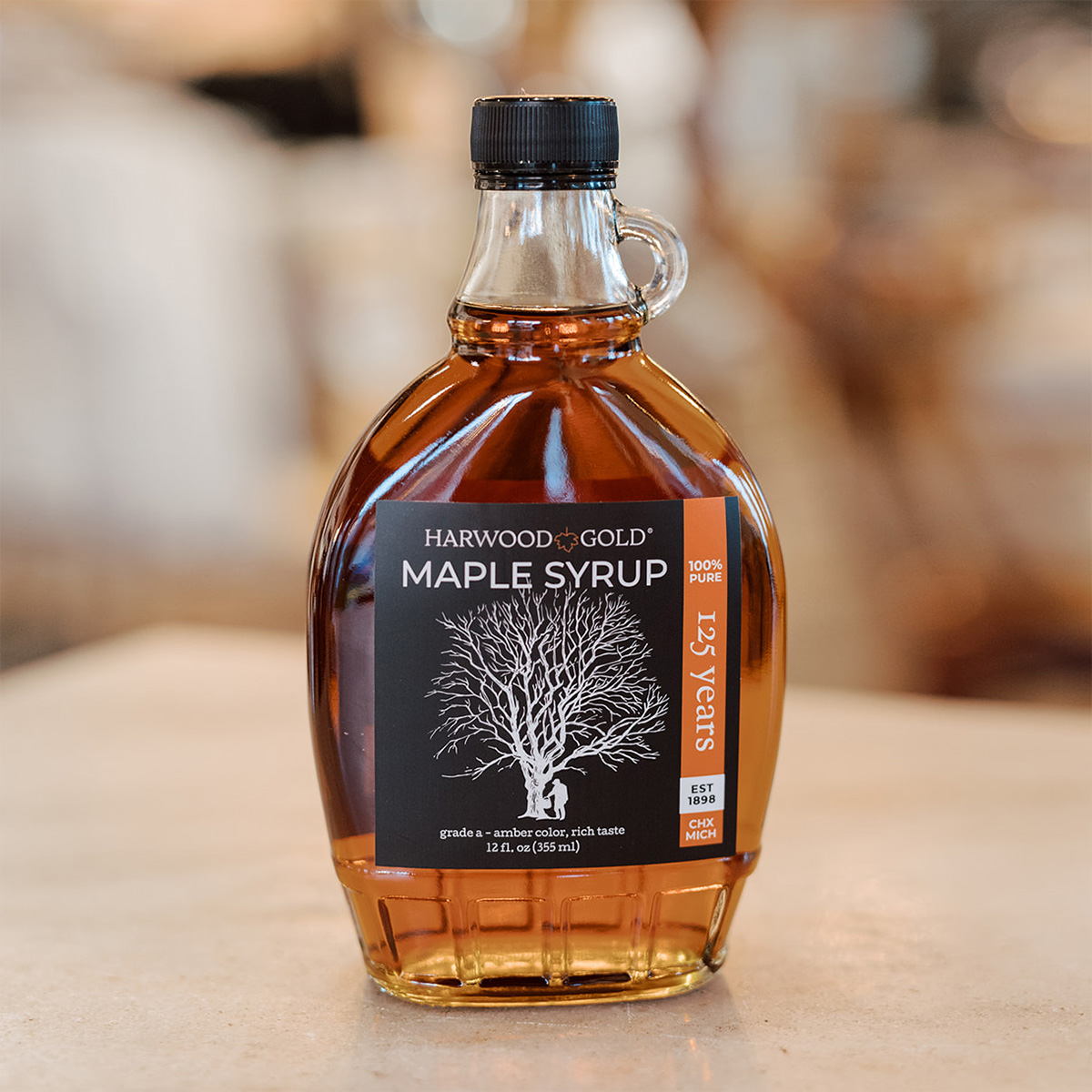
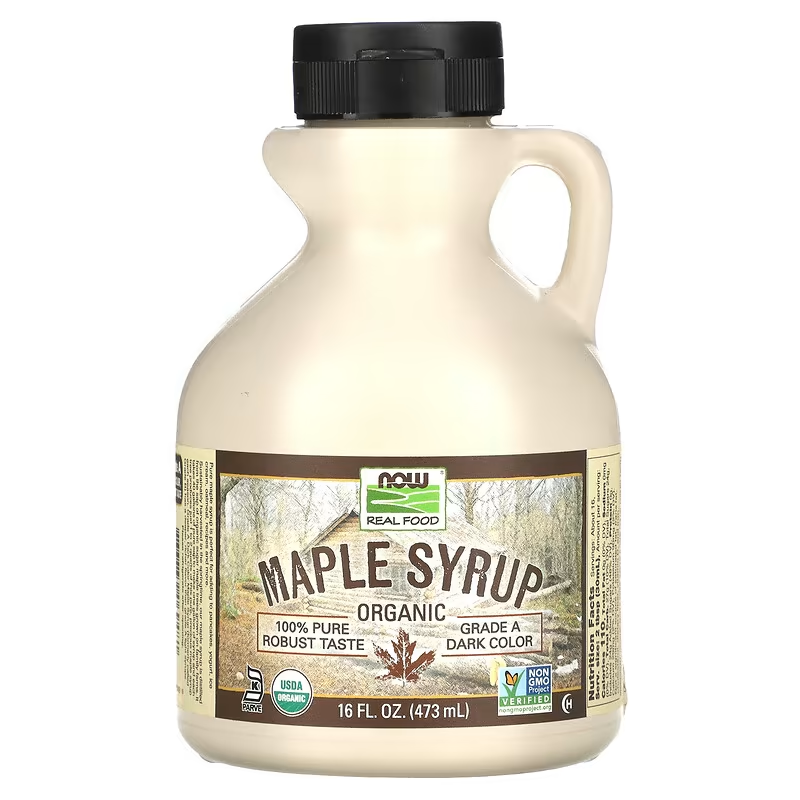
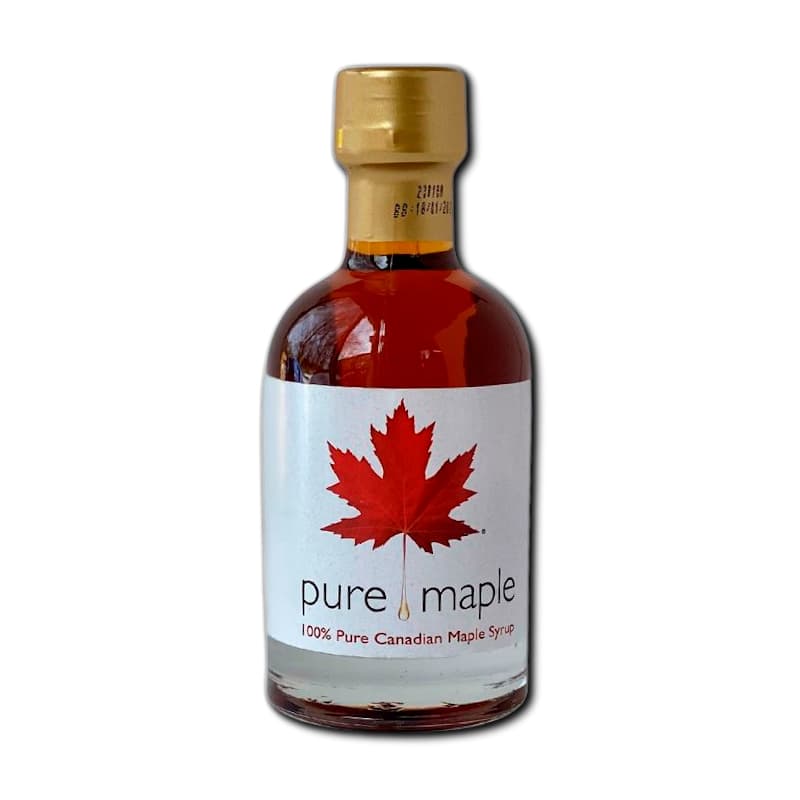
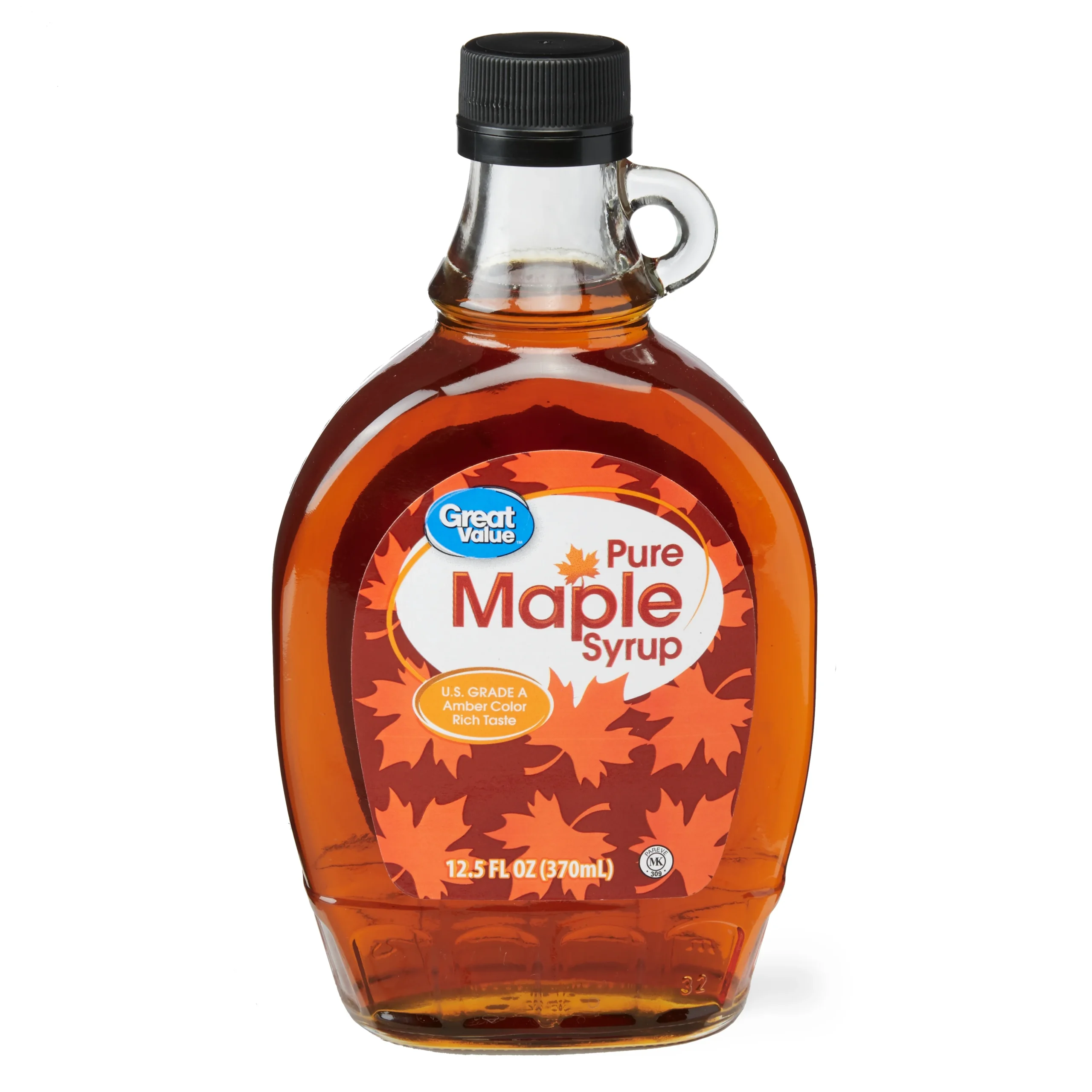
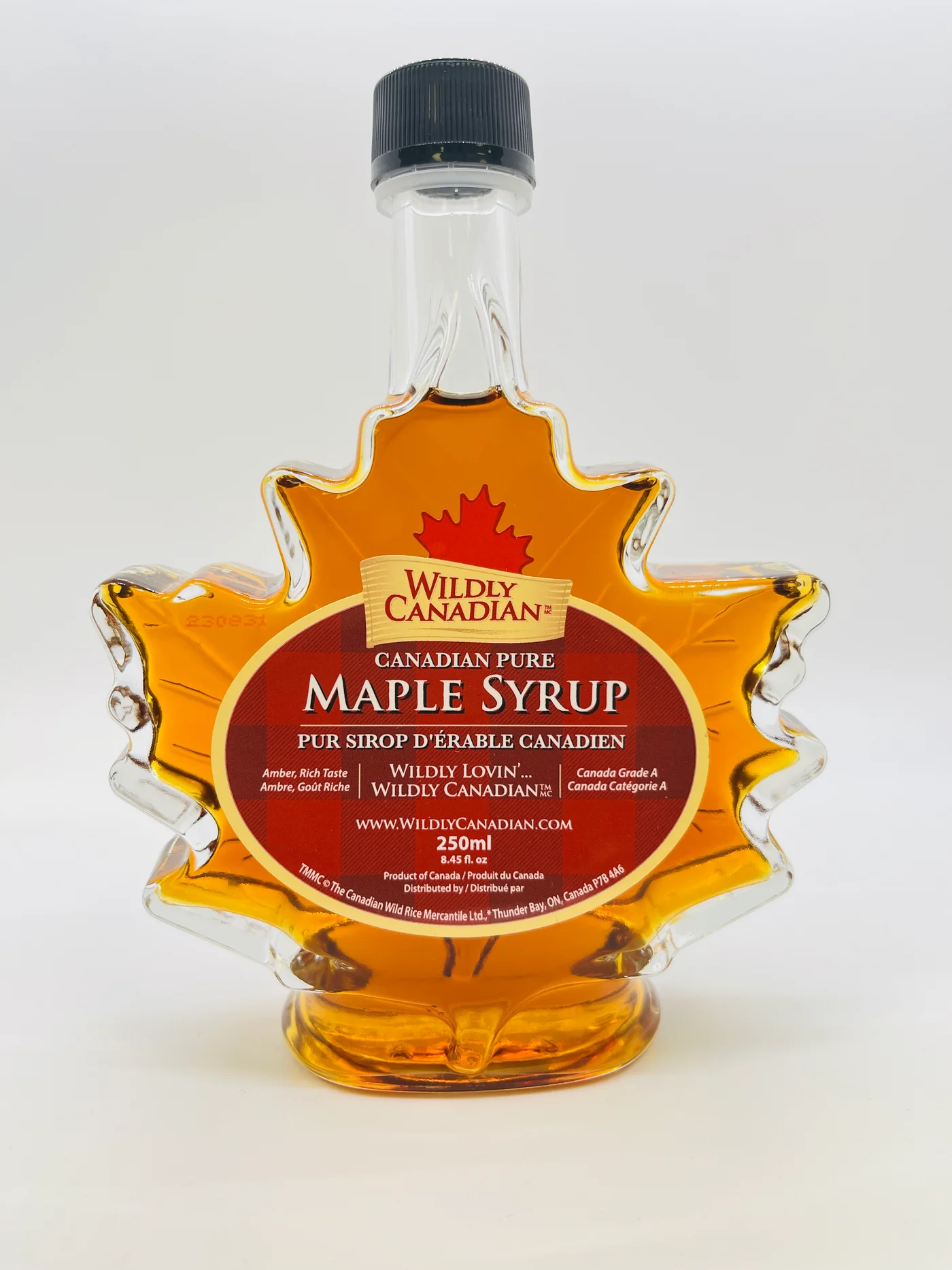
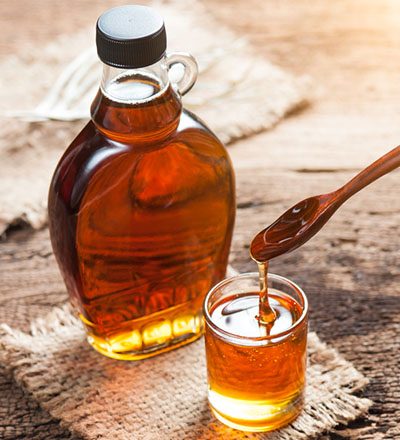
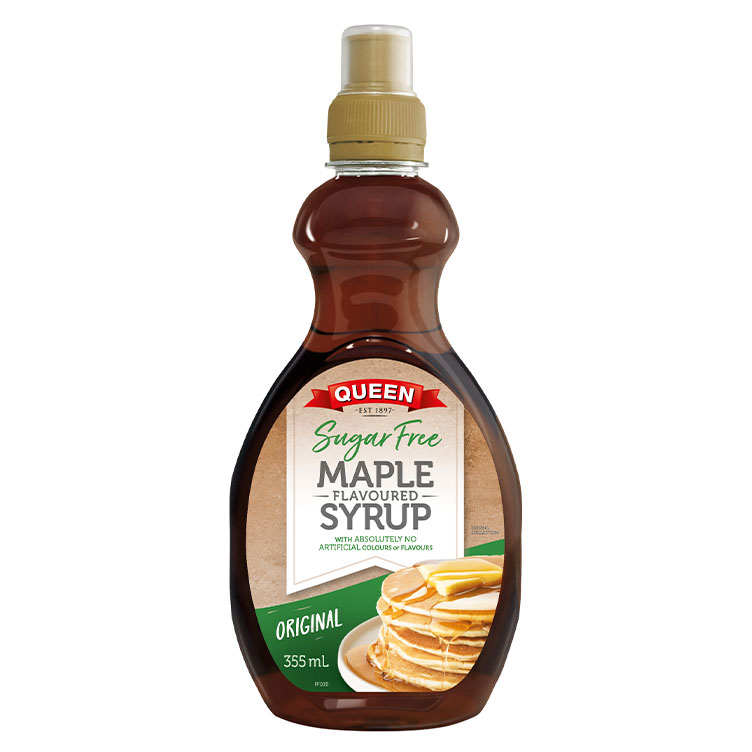
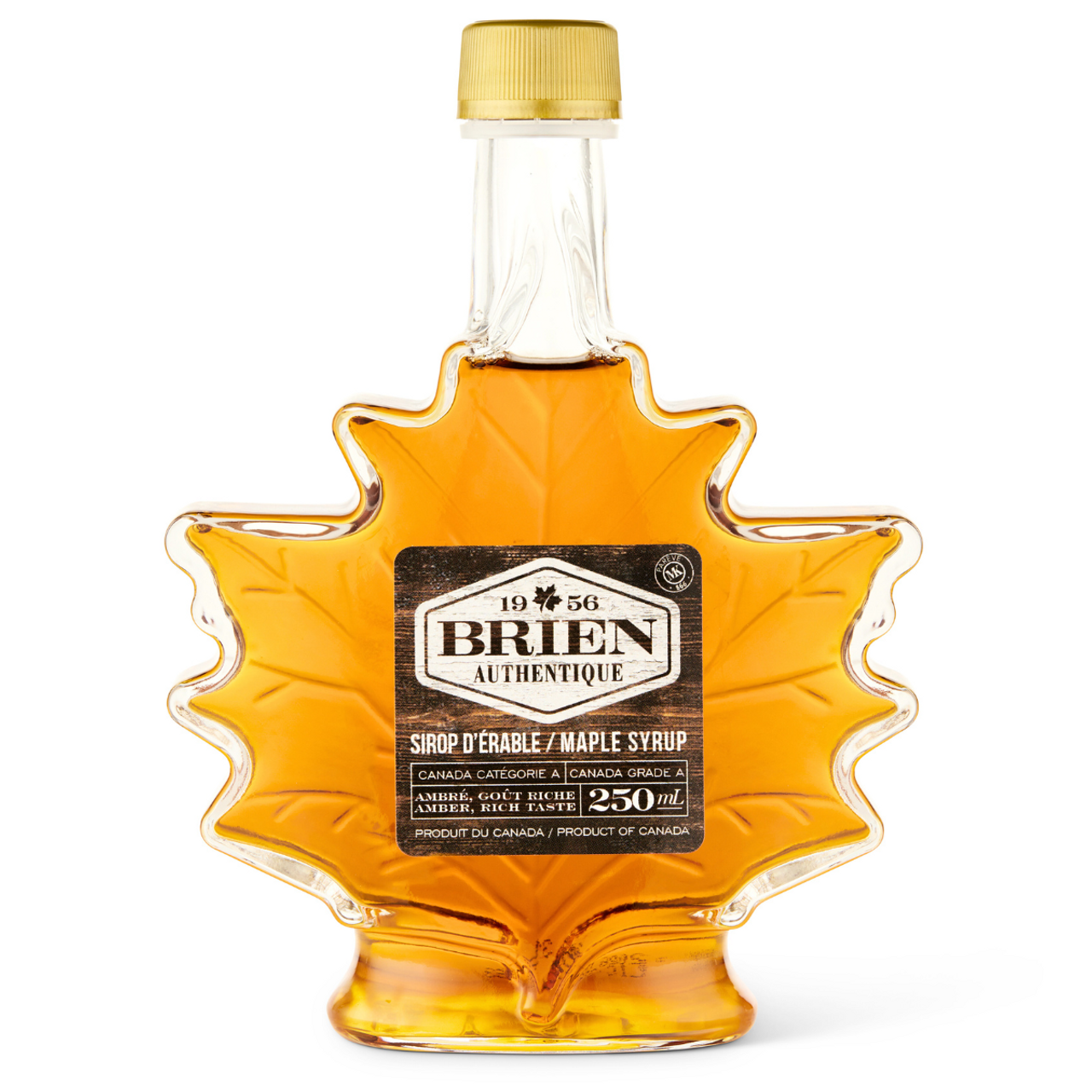




Reviews
There are no reviews yet.